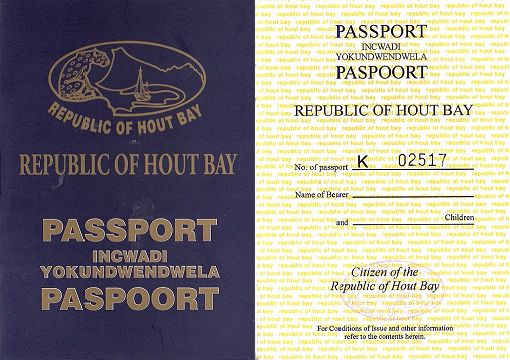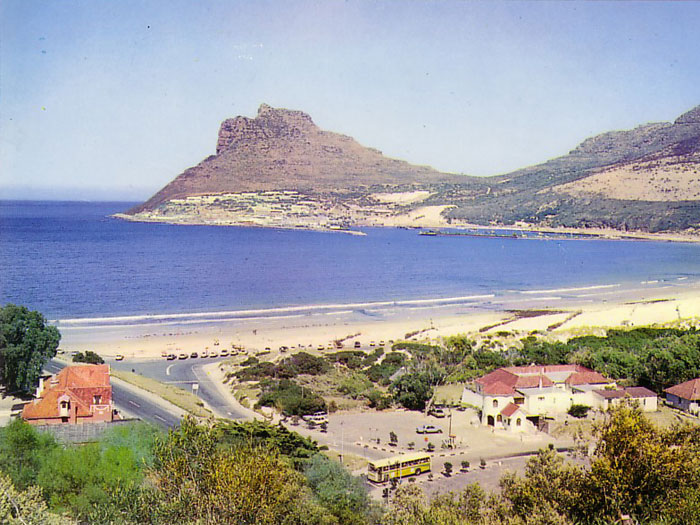Have you ever wondered about the signs that read ‘Welcome to the Republic of Hout Bay’ as you enter the beautiful seaside town? While you would think the white sandy beaches and markets are enough to lure tourists in, this was not always the case. This is the history behind the Republic of Hout Bay.

The passport was a tourism stunt to create more of a personality for the town and raise funds. The initiative was started by the Lions and Rotary Club for charity drives. You can still purchase some to keep as souvenirs. Legend has it that someone actually used the passport to successfully travel overseas without being caught.
The passport was introduced in the 1980’s but the independence didn’t end there. Apparently the town had it’s very own anthem and flag too.
A brief history on Hout Bay
Between the 1980s and 1990s, this seaside town had its very own passport as evidence of “citizenship”. Capetonians were fascinated by the idea, and this drew visitors to Hout Bay in droves. Therein attractions include a large bird park which is now in danger of being shut down, along with several seafood restaurants and its beautiful wharf.
The town’s name is derived from Houtbaai (Dutch word meaning “Wood Bay”), and was named by Dutch settlers while they explored the bay behind Table Mountain. Its heavily wooded valley became the main source of timber for the building and repairs of ships as well as for buildings such as the Castle of Good Hope.
“Protective mountains and a good fishing area surround Hout Bay. The fishing village of Hout Bay was probably established in about 1867 when a German immigrant, Jacob Trautmann, began to farm and fish in the area. The name Hout Bay dates back to 1653, and relates to the quantity of excellent timber, from the existing Yellow wood trees, which early Dutch settlers found to be growing in its ravines,” says the Hout Bay International School.
“Kronendal was the first farm in Hout Bay established in the 1670s. The homestead is one of the oldest and only surviving example of the Cape Dutch typical H-plan architecture in the entire Cape Peninsula. The back section of the homestead was built in the early 1700s (which explains why the back gable carries the year 1713). The building was enlarged several decades later by Johannes Guilliam Van Helsdingen where 1800 appears on the front gable. The homestead changed ownership many times throughout the centuries and was declared a National Monument in 1961.”
Picture: Chapman’s Peak Hotel






